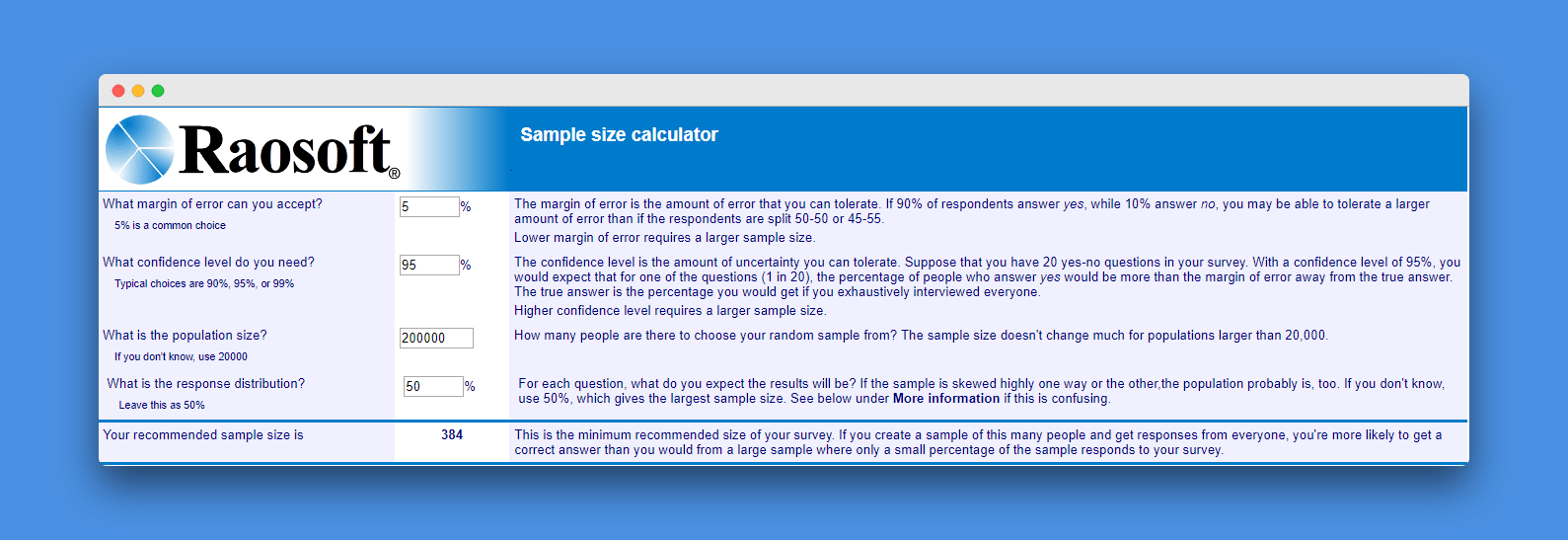An introduction to market research through audience intelligence
Maybe you have not thought about it, but from the moment you first used an audience intelligence platform, such as Audiense Insights, you became an amateur consumer researcher (unless you did not already dedicate yourself professionally to it). And we say amateur because, as you know, there are different academic careers and degrees to become a professional market and/or consumer researcher. Professionals with whom, whenever possible, you should count on to complement the insights you draw from intelligence platforms on audiences like ours.
But continuing with the assumption that yours is one of the first approaches to consumers/market research, today we want you to understand and to know how to differentiate some concepts and basic ideas from this kind of studies. We want to present the differences between market research and consumer research, qualitative research, quantitative research and mixed methods (as is the case of Audiense).
Market Research vs Consumers Research
We start from the basis that research is a methodological study of a problem or situation, which is done to establish facts and reach conclusions.
We could define market research as a study to obtain information about a complete market. While consumer research offers insights on why consumers behave the way they do. And we can add that both subjects are not only exclusive but complementary.
What are the differences between qualitative and quantitative research and why is it important to know them if you work with intelligence platforms about audiences such as Audiense Insights?
Quantitative investigation
Quantitative research is the study that is used to quantify (measure the magnitude) of the problem under study, by obtaining metrics and numerical data or that which can be converted into usable statistical data.
For this kind of research, the most common data collection methods include different types of surveys (online, on paper, mobile, etc.), face-to-face or telephone interviews, online polls, systematic observations and longitudinal studies (observational study that investigates the same group of people repeatedly over a period of years to obtain statistical data).
Quantitative data collection methods are much more structured than qualitative data collection methods: predetermined guidelines are presented that establish which variables and data are collected, posing the study questions identically, with the same limitations and in the same order to all individuals.
Quantitative research is used to quantify the variables defined as the object of the study: opinions, attitudes, behaviours or any other that has been established, generalizing the results for a population based on a large sample. These investigations make use of measurable data to present facts or discover patterns that serve for the research.
Qualitative research
When talking about qualitative research it means exploratory studies that aim to understand the whys of the object of the study. The aim is to know the ultimate reasons, opinions and motivations that lead the individual (or consumer) to behave in a certain way.
Among the most common methods used in qualitative research are the focus groups (group discussions on one or several topics), personal interviews and participation/observation sessions.
The data collection methods used vary, such as:
- unstructured techniques (there is no predetermined guideline that indicates which are the variables, data or type of information to be collected, there is no discrimination on the relevance or not for the current analysis)
- and semi-structured (with some flexibility in terms of the data they collect depending on the development of the session).
The size of the samples in these methods is usually small and the participants are chosen to fulfil a given quota.
This type of research generates information and knowledge about the problems that are studied, helping the development of ideas and prompting hypotheses that will serve as the basis for other potential (quantitative) research. Qualitative research is also used to discover trends of thoughts and opinions as well as to dive deeper into the problem under study.
Here you can see some examples of quantitative and qualitative data:
- How old is your car (quantitative)
- How would you describe your interest in science fiction novels (qualitative)
- Number of soft drinks you consume weekly (quantitative)
- What is your favourite food? (qualitative)
- Number of household members (quantitative)
- Eye color (qualitative)
The sample of a quantitative research
A survey can be considered truly valuable when it is reliable and representative for your business. Therefore, determining the ideal size of the sample for your research can be complicated. In other words, who should you study and how many individuals should your sample have? If you do not have it clear, you can use the table below as a reference and there are tools like this one to adapt to your specific case the sample that you will need depending on the population object of the study. For example, largely trusted polls for something as difficult as elections, use a range of between 2000-10000 depending on the size of the country.

What methodology am I using when I use Audiense Insights?
When you use Audiense you have to think as if you were doing a survey with a number of set of answers, which are the results of our audience intelligence reports.
By definition, when using Audiense you are working with mixed research methods: you are obtaining both quantitative results (demographic data, habits of use, influencers ...) and qualitative results (i.e. content).
Nevertheless, if you don’t follow a quantitative research design your research using Audiense will be interpreted as qualitative in the sense of being exploratory research to then inform better quantitative research.
An example of this would be: Let’s suppose I want to understand better the community of CEOs in the UK. I run an intelligence report on CEOs in the UK and Audiense finds 5000 individuals who meet these characteristics. At this point I am doing qualitative research, in the sense of being an exploratory researcher. If what you want is quantitative research, what you would need among other things is to include in the study design the quantification of the total population to know if the audience used for the report is significantly representative. Let's say that by looking at other reliable sources I found that in the UK there are about 200,000 CEOs. Is the report generated by Audiense significant? Well, according to a sample size calculator, you would need only 384 with a margin of error of 5% for a confidence level of 95% (generally recommended values) so that the audience of 5000 would be significant.

If you also want to include insights extracted from social data in your market/consumer researches, request your Audience Insights DEMO today and discover all that our audience intelligence platform can contribute to your more traditional research methods.
Sources:
https://www.snapsurveys.com/blog/qualitative-vs-quantitative-research/
https://journals.sagepub.com/doi/pdf/10.1177/1609406915624574
http://www.ccrsurveys.com/faqs/market-research-vs-consumer-insights-research/
https://www.unifr.ch/ddp1/derechopenal/articulos/a_20080521_56.pdf
Photo by Joshua Sortino on Unsplash.







